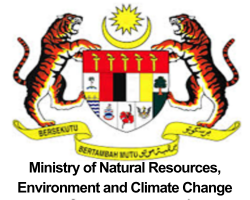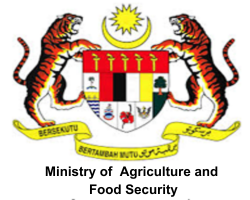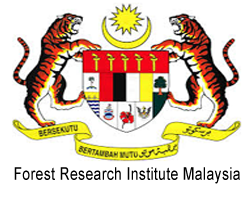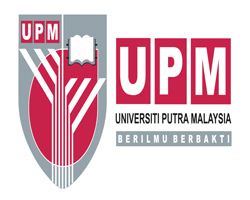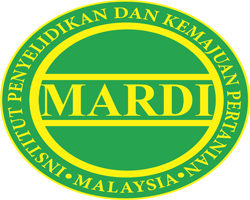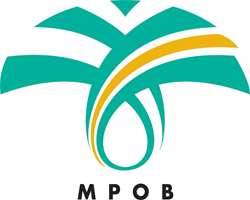Kasron, Norzalila and Nik Masdek, Nik Rozana and Saari, Nor Azlina (2020) Indigenous fruits consumption in Sabah and Sarawak. [Journal / Magazine]
|
Text
01_Norzalila.pdf Download (400kB) |
Abstract
Malaysia has a variety of genetic resources and ideal for the cultivation of various types of fruit species. Indigenous fruits are among the lesser-known species although they represent 95% of total fruits species. In 2018, the total crop area of indigenous fruits in Malaysia was 5,900 ha while the total production was 41 mt. Sarawak and Sabah were the largest total producers and crop areas of the fruits contributing to 24% and 54% respectively, in Malaysia. The indigenous fruits were important sources of minerals besides being used as medicinal plants in some areas. However, less attention was given to the fruits due to lack of consumers awareness on their benefits. The main objective of this study was to identify characteristics of consumers of indigenous fruits in Sabah and Sarawak. Data was collected using questionnaires through face to face interviews involving a total of 500 respondents. The locations of study in Sabah and Sarawak included urban areas such as Kuching (n = 125) and Kota Kinabalu (n = 125) and rural areas such as Kota Samarahan (n = 125) and Tawau (n = 125). Logistic regression was applied to determine the factors that explained indigenous fruits consumption. The logistic equation did not directly predict the values of the dependent variables. Instead it predicted the odds of the event of interest occurring. Four independent variables (gender, education level, household income and age) were used to explain the fruits consumption. Age was positively related (B = 0.456) to indigenous fruits consumption and significant at 0.05 level. The value of an odd ratio being more than 1 meant high impact for the consumption of the fruits which was 1.6 [Exp (B) 1.578] times greater for the consumption with one year old increase. The figure showed that the elders were most likely to consume the fruits. However, education level was negatively related (B = 0.380) and significant at 0.1 level. The value of an odd ratio for the education level lower than 1 gave small impact to indigenous fruits consumption and showed that the factor lowered the consumption of the fruits to 31.6% [(Exp (B) 1 – 0.684)]. The data indicated that respondents with lower education consumed more indigenous fruits. Further, R&D is advisable and recommended on nutritional awareness of indigenous fruits to encourage people to consume the fruits and contribute to a healthy society. Attention should be given to minimal processing which has been applied for premium fruits due to change in the lifestyles and small family size. Technology should be enhanced in the diversification of indigenous fruit products to increase the productivity of Small and Medium Industries (SMEs) besides boosting the income of entrepreneurs and providing job opportunities to locals.
| Item Type: | Journal / Magazine |
|---|---|
| Creators: | Kasron, Norzalila and Nik Masdek, Nik Rozana and Saari, Nor Azlina |
| Title: | Indigenous fruits consumption in Sabah and Sarawak |
| Date: | 2020 |
| Location: | Institut Penyelidikan Dan Kemajuan Pertanian Malaysia (MARDI) website |
| Publication: | Institut Penyelidikan Dan Kemajuan Pertanian Malaysia (MARDI) |
| Volume: | 15 |
| Physical Description: | 9p. |
| Additional Information: | Penggunaan buah-buahan nadir di Sabah dan Sarawak |
| Agency Name: | Universiti Putra Malaysia (UPM) |
| Date Deposited: | 30 Aug 2021 07:22 |
| Last Modified: | 30 Aug 2021 07:22 |
| URI: | http://myagric.upm.edu.my/id/eprint/17607 |
Actions (login required)
 |
View Item |

